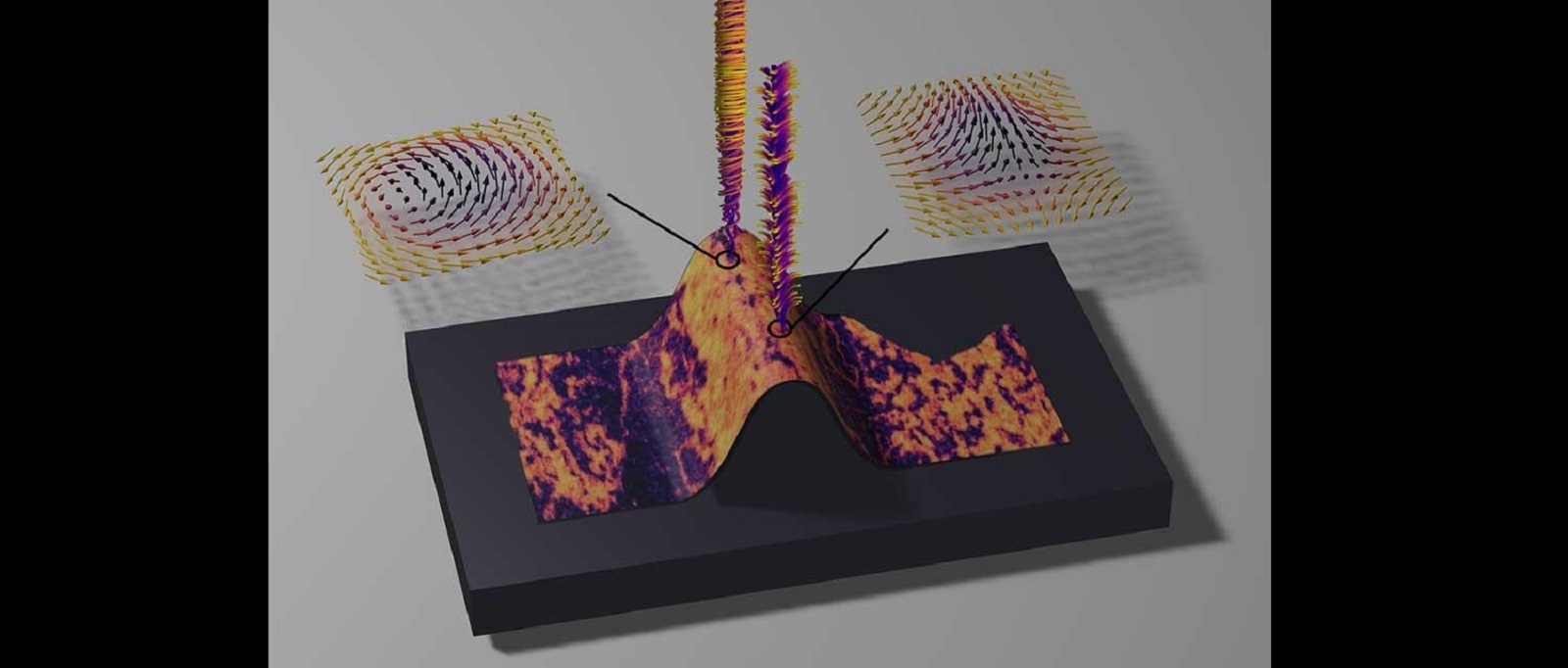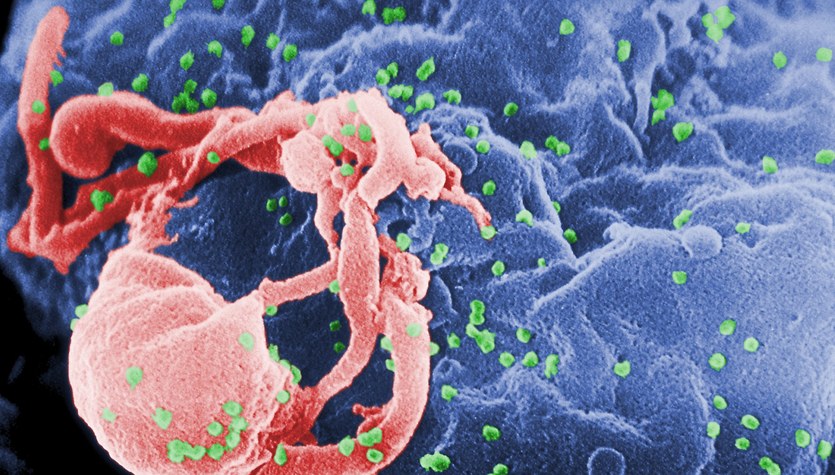The authors of the latest findings in this matter write about their achievements in: Nature materials. Their achievements should have an impact on how computers work in the future. If all goes according to plan, they will be able to process data in a manner similar to the human mind.
Read also: Quantum coherence has gone too far. Our neighbors benefited from the diamonds
Our biological computers are clearly superior to their mechanical counterparts. Because although electronics are able to perform advanced calculations in a very short time, which is beyond our reach, brains are ahead of them, for example due to the possibility of more effective learning, decision-making and, finally, more efficient energy management.
Engineers continue to strive to improve computers. This time they focused on increasing the data transfer speed as much as possible. Although silicon-based calculations appear to be largely energy inefficient, implementing new solutions – based on newly investigated physical phenomena – may prove key to any significant progress.
Magnetic vortexes can provide data transfer up to 1,000 times faster than currently available devices
One way to achieve this ambitious goal might be to use magnetic vortexes. It can provide data transfer speeds up to 1000 times faster than devices currently in use. Thanks to a recent advance, scientists from Oxford have been able to create extremely thin crystalline hematite films.
Then it's time to create the swirls themselves. They are created over a crystal covered with a special layer of cement. It will later be dissolved in water, which will separate the hematite from the crystalline base. This hematite can then be transferred to silicon or other materials. In addition to the method of creating magnetic vortices, members of the research team also developed an imaging method that allows visualization of nanoscale magnetic patterns in membranes.
Read also: Modeling the human brain reveals great secrets. Advanced technology helped
While layers made of other materials are susceptible to damage, hematite layers are more resistant and can accommodate many vortices, enabling information processing on a record scale. Flexible membranes were used by the authors of the publication to obtain 3D magnetic vortices, which is also new. The next step in the experiments will be related to the practical use of these vortexes to come closer to designing systems that operate according to principles similar to those by which the human brain operates. If this could be achieved, the capabilities of artificial intelligence would become truly impressive – not to mention terrifying.

Echo Richards embodies a personality that is a delightful contradiction: a humble musicaholic who never brags about her expansive knowledge of both classic and contemporary tunes. Infuriatingly modest, one would never know from a mere conversation how deeply entrenched she is in the world of music. This passion seamlessly translates into her problem-solving skills, with Echo often drawing inspiration from melodies and rhythms. A voracious reader, she dives deep into literature, using stories to influence her own hardcore writing. Her spirited advocacy for alcohol isn’t about mere indulgence, but about celebrating life’s poignant moments.







